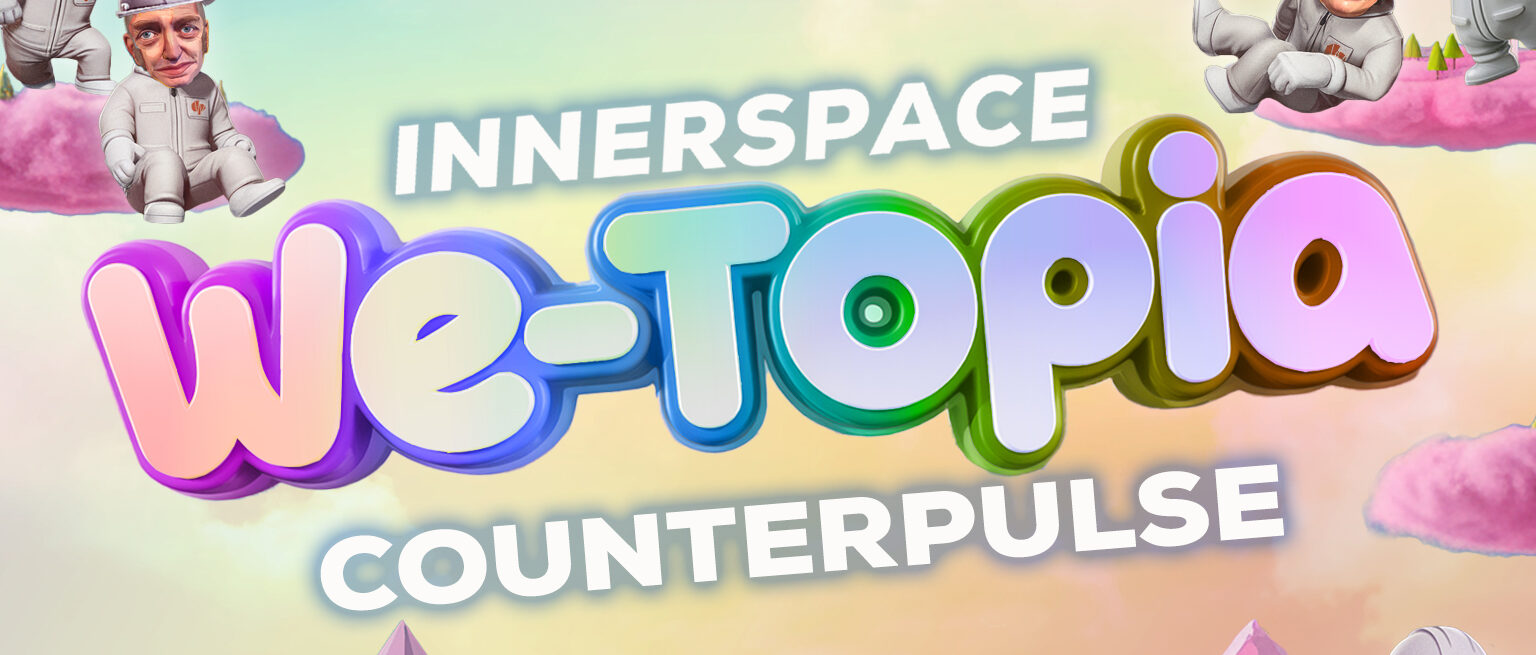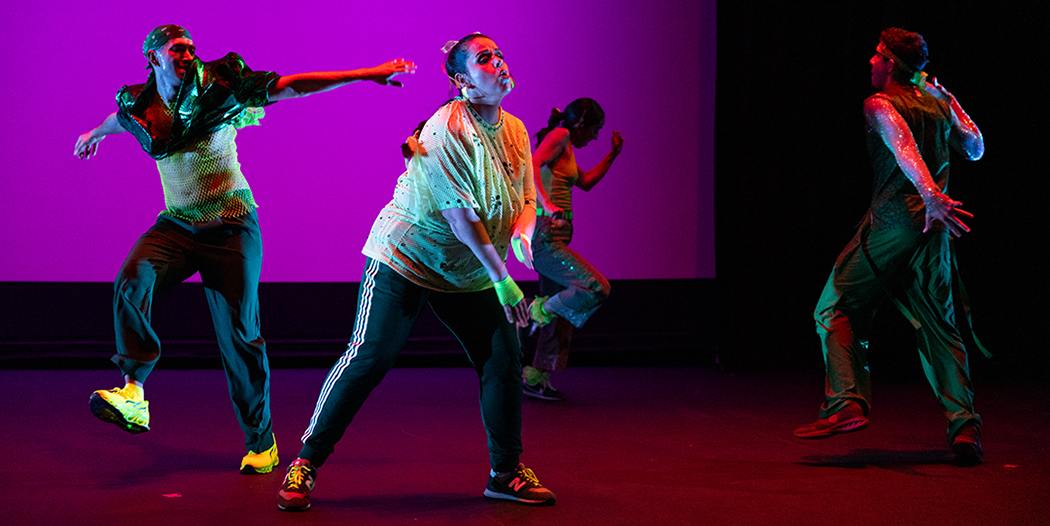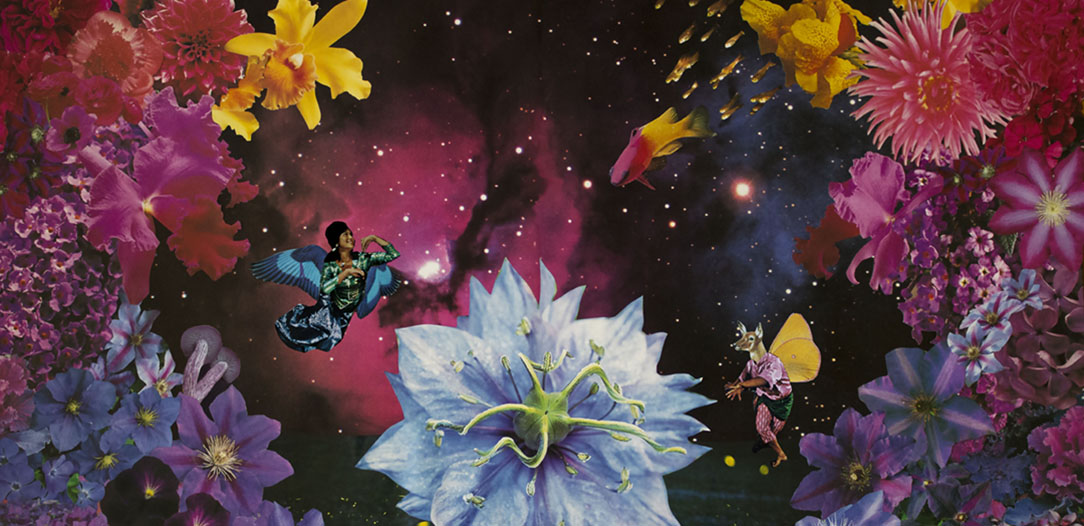We are artists. In some ways, we are sacrificial lambs. We bleed publicly. We can be found dancing naked and crying the necessary tear. We do this so they can name what they have sacrificed. To those without words, we give poetry; those without melody, a song. And to him, that guy, that just can’t catch a beat, we give contact improv. Our experimentations become jazz, rap, rock n roll. We say things like “let those girls dance on a block of wood.” Our imaginations
become institutions.
The times that we find ourselves living now compel me to focus on the needs of the performing artist. For me, performance art requires an intersection with an observer in order to exist. When we gather single individuals to witness art without realizing it they become a singular object. They become an audience. How does the art continue to exist when gathering has been forbidden? When the performer and the audience are kept separate. How do they survive? If an artist creates a performance that can never be seen, does it make a sound? More importantly for the artist, does it make a coin?
Since becoming a performing artist, I have romanticized—as many of us have—the myth of the starving artist: Someone who gives everything they have to their art form, suffers and sacrifices all in the name of their craft, is rarely if ever appreciated, validated or compensated. They are happy merely to exist; they find the most meager means to support their art-making. When you are a full time working professional artist, you have to smash this idea of The Struggling Artist, The Suffering Artist, The Isolated or Disconnected Artist. If you don’t, the life you deserve and desire will be impossible.
Among performing artists, there are those that are fortunate. They get funded regularly. They have patrons and a loyal audience that shows up to consume whatever they create. For others who have not yet developed these strong and necessary relationships, we engage in a hustle. We are part of a “gig economy.” We capitalize on our ability to pivot. For instance, I am a solo performer. Or should I say I am primarily a solo performer? This means that when I create on my own terms, I write, perform and produce solo plays. If you are familiar with my work in its entirety, you may be surprised to hear me make that declaration. It is much more likely that you have come to the events I have curated or seen the work I do as a teaching artist. You might have purchased my book Black Faggotry or my album Make Me Black. You might have seen plays I directed, acted as a dramaturg or the performers I have mentored. Or, you may simply know me as a spoken-word artist or Slam Poet. Lately, it is likely that you have only known me as a member of the performance ensemble Skywatchers, where I teach, facilitate and collaborate with other ensemble members comprised of professional artists and Tenderloin residents. The truth is, that I am all of these things.
Today, I am writing an article for CounterPulse because that is what is called for in order to survive.
We pivot. We call on the sum of all of our artistic skills and experiences. We have 3, 4 and 5 jobs happening at a time. Our names are all over your Facebook and Instagram feeds. We are always associated with a new event, performance or organization. The one thing that all of these jobs, these gigs, these opportunities have in common is that they are performed in front of an audience.
In early March these performing opportunities began to decrease. In mid-March, the remaining events for March were canceled and, as the month continues towards its end, events between now and June have all been postponed until further notice. For me, this translates into $5,000 plus in lost and postponed funds. In addition to losing money and sinking into financial insecurity, the relationships upon which I rely most have been diminished. They are now text messages, phone calls, and Zoom meetings. My social life, my professional life, and my creative life are all the same thing. I work with my friends, I go to performance and stay in touch with acquaintances, I perform and connect with my community. For now, the opportunity to do so in the way we are all accustomed is gone. What do we do? We do the only thing we know how to do: we pivot. We teach classes on Instagram; we drink Quarantinis; we convene is small to large gatherings on Zoom, where we bring our own beverage and talk-ish with new and old friends; we read that book we never got to; we write that play, that poem, that grant, that 5-year plan we didn’t have time for. Because now, we have the time.
At Skywatchers, we are reimagining ways of staying connected with one another and the Tenderloin community members with whom we collaborate. After canceling our May festival, which represented the bulk of our work hours between now and the end of our season, we are asking what a festival really is. What must it produce? What can we change? How can we seize this moment to invent a solution that more creative, more effective, and more relevant than we had originally conceived? How do we generate work that touches our audience without touching our audience? How do we use the grants we have with integrity while sustaining ourselves as workers, and informing our funders of what the actual on the ground needs are?
This is not a time for losing hope. As artists it is our job to help create it. Reach into your creative self and inspire yourself and others. This is how we make it through this uncertainty. By providing the one thing that has always been. Our art isn’t just entertainment, it is connection, it means acknowledging the difficulty by moving towards healing and relief. There are resources that can help. I have compiled the ones I am aware of and included them below. We can also be resources to one another. Yesterday I performed! I went online with my book in hand and did a Facebook Live. I just read my poems and encouraged others to do the same. Technology offers us a platform, a stage, an audience.
COVID 19 Freelance Artist Resource List
KQED Emergency Funds for Freelancers, Creatives Losing Income During Cornavirus
Dazie Grego-Sykes is an author, a performance artist, playwright, and arts educator who believes in provoking beauty by revealing truth. His collection of poetry Black Faggotry was released by Nomadic Press 2020. He is a member of CounterPulse’s Dramaturgical Council.
Share This!
More Good Stuff
Thursday March 6th • 5PM - 10PM Step into a world where imagination shapes reality at CounterPulse’s annual gala! This year, INNERSPACE: We-Topia is
Primera Generación Dance Collective is ready to be back in San Francisco! We are so excited to perform and be in community with our
Embodying Utopia is a project created to give queer people the space to imagine what an ideal world would look like for them.





Thank you for transposing my scattered thoughts, feelings and concerns into such an eloquent expression. I’m grateful that we can still do some of our work via social media. The current lonely stage that performing artists are standing on validates our passion for creative activity and presentations of our unique works even without a theater/performance space and live audience. Looking forward to the time when we can once again share emotions and appreciation with our live audiences.